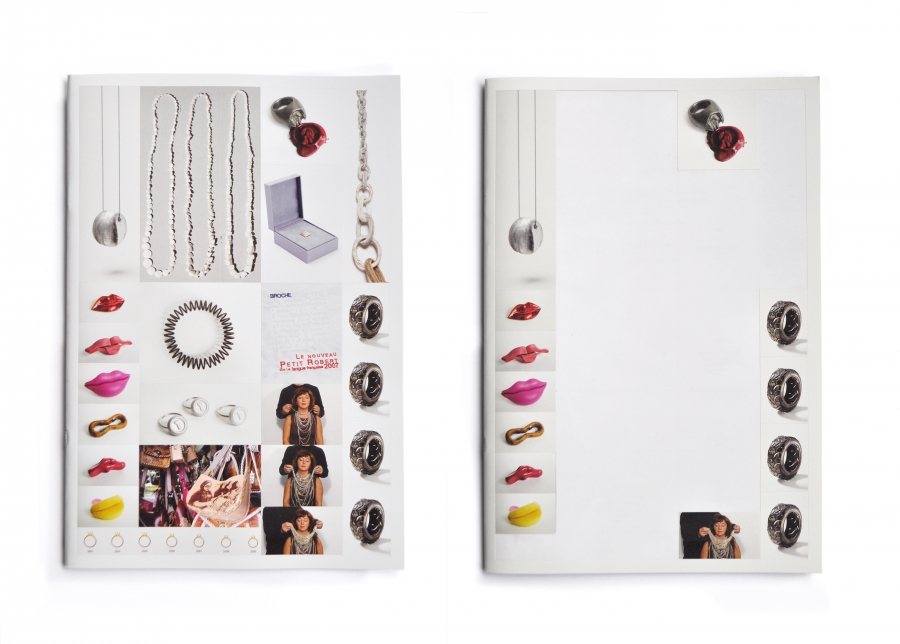Différence et Répétition (Paris: la garantie, 2017)
L’artisanat contemporain, que l’indifférence agace, trouve le plus souvent dans la forme de l’oeuvre unique et singulière un échappatoire à sa destinée d’objet commun. Il se positionne toujours par rapport à son histoire longue, mais pour se démarquer de ce qu’elle a d’attendu: il innove par la rupture, et rattache ce qui est novateur en lui à la figure d’un auteur. Il souscrit alors à ce que la sociologue de l’art Nathalie Heinich appelle le régime de la singularité.
Plus rarement, l’artisanat s’appuie sur ce qu’il y a de générique dans ses formes, de répétitif dans ses gestes, de redondant dans sa production pour poser les bases d’une oeuvre qui est à la fois singulière et générique: cette approche plus risquée suppose que re-faire, et re-faire encore puisse cohabiter avec le fait d’inventer.
Les trois textes de cette publication relayent les opinions très différentes des commissaires associés à l’exposition différence et répétition: l’historienne et commissaire norvégienne Jorunn Veiteberg écrit un panégyrique de la répétition, l’historien du droit Frédéric F. Martin analyse la relation de co-dépendance qui lie la répétition et le singulier, l’artiste et commissaire Benjamin Lignel décrit comment des gestes coutumiers ont pu être convoqués par des artisans contemporains.
Le livret sert aussi de catalogue aux deux itérations du projet (à Bergen et Paris) et invite les lecteurs à reconstituer, à coup d’autocollants qu’ils trouveront en couverture, le déroulé de chaque exposition.
+
Contemporary craft finds more often than not in the singular form of the unique piece a way out of its destiny as common object. While contemporary practice always positions itself in relationship to the long history of craft, it does so by setting itself apart from that history’s expected trajectory: it innovates through creative disruptions, and likes to hinge the novelty of its contribution on the figure of an author. By doing so, it subjects itself to what French sociologist Nathalie Heinich calls the regimen of the singular.
At times, however, craft practitioners utilize whatever is generic in craft’s inventory of forms, whatever is repetitive in its gestures, or redundant in its production to lay the foundation of an oeuvre that is both singular and generic: this riskier strategy supposes that re-doing again is compatible with the contemporary definition of what is artistic.
The three essays in this publication relay the very different opinions of three thinkers on the subject of difference and repetition: Norwegian craft historian and curator Jorunn Veiteberg writes in defence of repetition, French historian of law Frédéric F. Martin discusses the co-dependency that ties repetition to the singular, while maker and curator Benjamin Lignel describes how customary gestures have been variously harnessed by contemporary crafters.
The booklet also documents the two exhibitions tied to the project (in Bergen and Paris) and invites readers to reconstruct, one sticker at a time, the pin-up of each show (the stickers are on the cover.)
